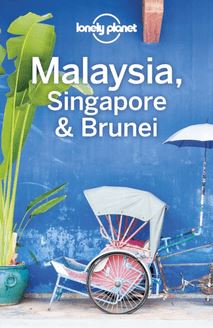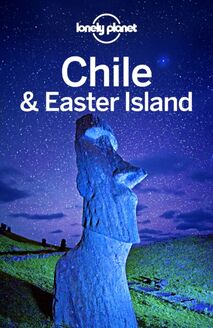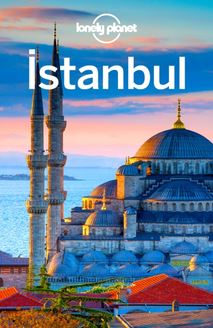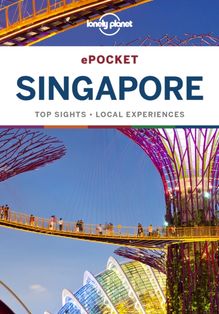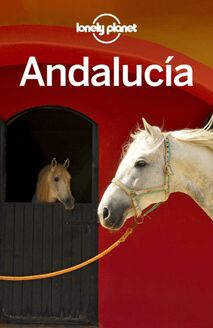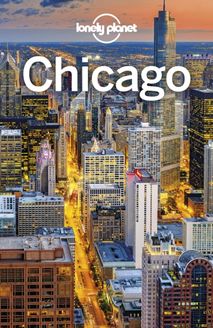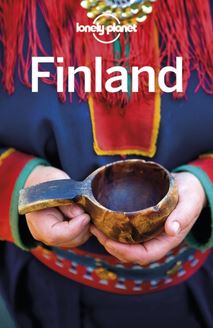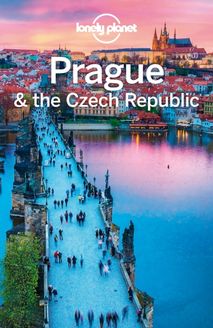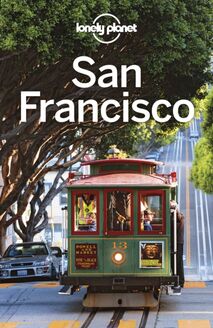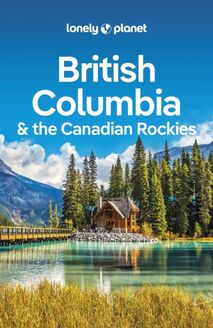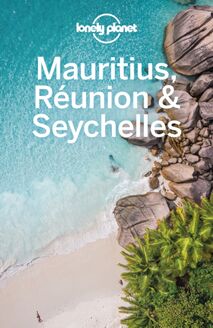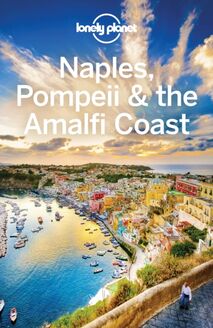Lonely Planet Mongolia , livre ebook
306
pages
English
Ebooks
2018
Vous pourrez modifier la taille du texte de cet ouvrage
Obtenez un accès à la bibliothèque pour le consulter en ligne En savoir plus
Découvre YouScribe et accède à tout notre catalogue !
Découvre YouScribe et accède à tout notre catalogue !
306
pages
English
Ebooks
2018
Vous pourrez modifier la taille du texte de cet ouvrage
Obtenez un accès à la bibliothèque pour le consulter en ligne En savoir plus
Publié par
Date de parution
01 juillet 2018
Nombre de lectures
3
EAN13
9781787019034
Langue
English
Poids de l'ouvrage
32 Mo
Publié par
Date de parution
01 juillet 2018
EAN13
9781787019034
Langue
English
Poids de l'ouvrage
32 Mo
Mongolia
Contents
Plan Your Trip
Welcome to Mongolia
Mongolia's Top 13
Need to Know
If You Like...
Month by Month
Itineraries
Trans-Mongolia Railway
Outdoor Activities
Organised Tours
Road Trip
Naadam
Regions at a Glance
On The Road
Ulaanbaatar
Sights
Activities
Festivals & Events
Sleeping
Eating
Drinking & Nightlife
Entertainment
Shopping
Central Mongolia
Bogdkhan Uul
Terelj Area
Khustain National Park
Arvaikheer
Kharkhorin
Khögnö Khan Uul Nature Reserve
Orkhon Valley
Tsetserleg
Khorgo-Terkhiin Tsagaan Nuur National Park Region
Northern Mongolia
Sükhbaatar
Altanbulag
Dulaankhaan
Darkhan
Amarbayasgalant Khiid
Erdenet
Bulgan City
Mörön
Khövsgöl Nuur National Park
Chandman-Öndör
Darkhad Valley
Shine-Ider & Jargalant
Eastern Mongolia
Chinggis
Binder
Dadal
Khökh Nuur
Choibalsan
Buir Nuur
Baruun-Urt
Dariganga
Shiliin Bogd Uul
The Gobi
Mandalgov
Baga Gazryn Chuluu Nature Reserve
Erdenedalai
Ongiin Khiid
Ikh Gazryn Chuluu
Sainshand
Khamaryn Khiid
Ikh Nartiin Chuluu
Zamyn-Üüd
Dalanzadgad
Gurvantes
Gurvan Saikhan National Park
Bayanzag
Bayankhongor City
Altai
Western Mongolia
Ölgii
Sagsai
Altai Tavan Bogd National Park
Tolbo
Tsambagarav Uul National Park
Khovd City
Khar Us Nuur National Park
Chandmani
Ulaangom
Üüreg Nuur
Kharkhiraa Uul & Türgen Uul
Achit Nuur
Khyargas Nuur National Park
Uliastai
Otgon Tenger Uul Strictly Protected Area
Understand
Understand Mongolia
Mongolia Today
History
The Mongolian Way of Life
Traditional Gers
Spiritualism in Mongolia
Mongolian Cuisine
Tribal Mongolia
Wild Lands & Wildlife
Survive
Directory A-Z
Accommodation
Children
Discounts Cards
Electricity
Embassies & Consulates
Gay & Lesbian Travellers
Health
Insurance
Internet Access
Legal Matters
Maps
Money
Opening Hours
Photography
Post
Public Holidays
Safe Travel
Telephone
Time
Toilets
Tourist Information
Travellers with Disabilities
Visas
Volunteering
Work
Transport
Getting There & Away
Getting Around
Health
Before You Go
In Mongolia
Language
Behind the Scenes
Our Writers
Welcome to Mongolia
Rugged Mongolia is an adventure destination where travellers can experience nomadic culture and vast, untouched landscapes.
An Open Country
Mongolia existed in a Soviet bubble for most of the 20th century. Now a generation beyond the fall of communism, Mongolia has emerged as a young democracy with a promising economy based on mining, agriculture and tourism. Some revenue is being funnelled back into improving tourist facilities, including a new international airport near Ulaanbaatar. Visas are relatively easy to acquire; a handful of nationalities won’t even require one. Competition among the tour operators has led to better services. Despite the warm welcome, travel can be rough at times, with only basic facilities in many areas.
Mongolian Wilderness
Mongolians are fully aware of the unique beauty of their country. Ask locals and they will probably start gushing about the spectacular countryside, vast steppes, rugged mountains, clear lakes and abundant wildlife and livestock. Some areas are so remote you could drive a full day and see almost no signs of human habitation. It’s this true wilderness experience that many people find so appealing. City residents from Ulaanbaatar have also started to discover their own country and camping is now popular among urban locals. Protected areas cover almost a fifth of the country and the government is looking to increase that figure.
Nomad Hospitality
Mongolia's nomadic culture is famous – visitors can sleep in a herder's ger (traditional felt yurt), help round up the sheep, ride horses and simply 'get back to nature'. The legacy of Chinggis Khaan and resurgent nationalist pride sharpens the experience. A culture of tremendous hospitality makes locals more accessible. In a world beset by locks and gates, it's refreshing to meet people willing to open their doors to strangers. When travelling in Mongolia, however, keep in mind that guests are expected to reciprocate any forms of generosity, so when visiting families, always have a ready supply of gifts for the kids.
Not Just Grass & Horses
Once half nomadic, Mongolia is changing rapidly as its citizens flock to Ulaanbaatar and other big cities for work and study opportunities. The capital in particular is changing at a dizzying pace and many Mongolians have bought wholeheartedly into the global economy, capitalism and consumerism. Whether they are rural or urban, Mongolians take pride in their country's democratic institutions of civic participation. Mongolia is eager to be part of the global community, sending its troops on peacekeeping missions around the globe and promoting itself as a country to host northeast Asian peace talks; visiting now puts you in the middle of these dramatic transformations.
Camels in Altai Tavan Bogd National Park | STEFAN CRUYSBERGHS / 500PX ©
Why I Love Mongolia
By Michael Kohn, Writer
Over a period of 20 years I've explored every corner of Mongolia as a travel writer and reporter, writing about the history of Buddhism in the Gobi Desert, searching for cattle rustlers in northwestern Mongolia and witnessing ancient shamanic ceremonies in the east. Most of the time, I simply love criss-crossing the country, enjoying the untouched landscapes, clear rivers and ger-dotted valleys. Each trip brings new adventures and unexpected encounters. While the nature and fascinating culture of Mongolia are things to treasure, my love for Mongolia is mainly for its hospitable and generous people – always there to welcome strangers, to share news, gossip and jokes, and to show me the best of the human spirit.
Mongolia's Top 13
Naadam Festival
Mongolians love their naadam . With two or three days of serious wrestling action, awesome horse racing and dazzling archery, who wouldn’t? While ‘naadam’ literally means games, the celebration is much more than that. It’s all about fun, getting together with friends and relatives, eating a lot of khuushuur (mutton pancakes) and emptying a bottle or two of vodka. The most traditional festivals happen in villages such as Khatgal ( h 11 Jul ) in northern Mongolia, where every member of the community is somehow involved. These village naadams are also ultra-photogenic – with all wrestlers, archers, jockeys and festival-goers set against stunning backdrops.
LUCY BROWN - LOCA4MOTION / SHUTTERSTOCK ©
Top Experiences
Hiking
With its rugged mountains, serene river valleys and fields of wild flowers, the Mongolian back country is begging to be explored on foot. Hiking is a new activity in Mongolia, but it’s certainly possible at places like Gorkhi-Terelj National Park , Bogdkhan Uul and Khövsgöl Nuur National Park. Although there are no warming huts and few marked trails, you’ll find shelter in gers and encounter locals who are more than willing to show you the way. There are no Sherpas, but a pack horse (or yak) will do nicely. Good maps, a sturdy tent and a sense of adventure will help see you through.
GML / Getty Images ©
Top Experiences
Monasteries
The time-worn Buddhist monasteries (khiid) that dot the landscape are the most immediate window on Mongolia’s spiritual roots. Lamas young and old sit quietly in the pews, carrying on the legacy of a religion brought here from Tibet centuries ago. The laypeople that visit the monasteries pay homage with the spin of a prayer wheel and whispered mantras. As well as being places of pilgrimage, the monasteries are also rare slices of tangible history, filled with precious Buddhist icons, Sutras and the delicate paintings that grace their ancient walls. Amarbayasgalant Khiid , the country's best-preserved monastery, is dedicated to the great sculptor Zanabazar.
YURY BIRUKOV / SHUTTERSTOCK ©
Top Experiences
Staying in a Ger
Of all the experiences you are likely to have in Mongolia, the most memorable will be your visits to gers , traditional felt yurts. From the outside, gers look like simple tents, but step inside and you’ll be surprised by the amount of furnishings and modern appliances a nomadic family can have – not just furniture but also TVs, DVD players and smartphones. Visitors are always welcome inside a ger and you don’t even need to knock (Mongolians never do). Instead, when approaching a ger, call out 'Nokhoi khor ', which means ‘Hold the dog’.
NICK LEDGER / GETTY IMAGES ©
Top Experiences
Horse Riding
Mongolians have been traversing their country on horseback for thousands of years. You should do the same. Short day rides are possible right around Ulaanbaatar – but the best areas are Gorkhi-Terelj National Park and Bogdkhan Uul Strictly Protected Area . Multiday horse treks can be made at Khövsgöl Nuur, the Darkhad Valley, Khan Khentii Strictly Protected Area and Naiman Nuur. Some adventurers have mounted their own cross-country expeditions. It can take some getting used to Mongolian horses and their short stocky build. Fortunately, local guides know their animals well – pay attention and follow their lead.
RAWPIXEL / GETTY IMAGES ©
Top Experiences
Eagle Hunters
For centuries, using eagles to catch prey has been a traditional sport among Central Asian nomads. Even Marco Polo mentioned the great raptors kept by Kublai Khaan. The sport is alive and well today, but you’ll only find it in a small corner of Mongolia. Travel to Bayan-Ölgii and link up with the Kazakh hunters who capture and train these magnificent birds. Hollywood has even taken notice with a major motion picture about a young female eagle hunter. The best time to visit is in early October, when you can attend the colourful Eagle Festival in Ölgii city.
NATTHAWAT / GETTY IMAGES ©
Top Experiences
Gobi Desert
The idea of going to the Gobi for a vacation
